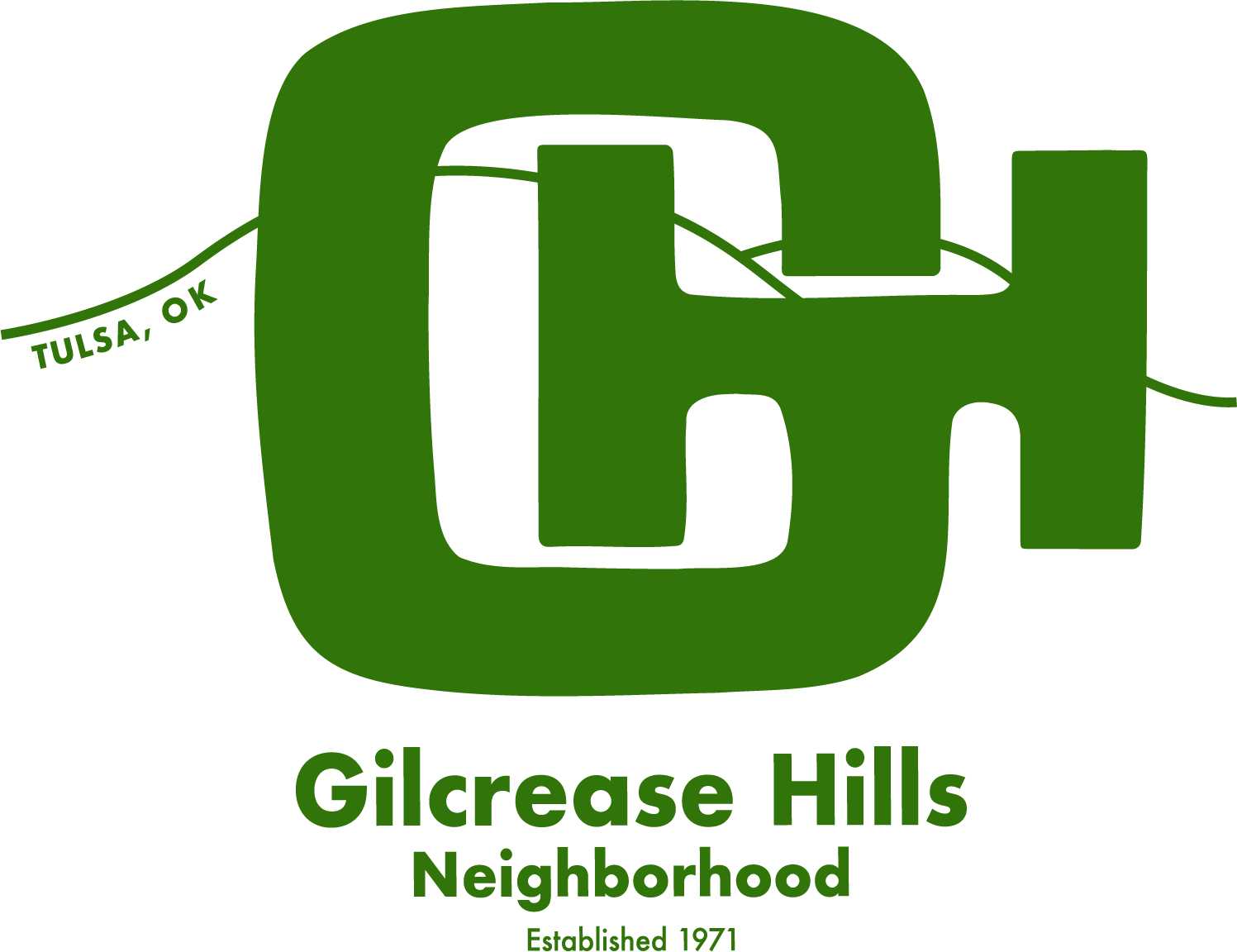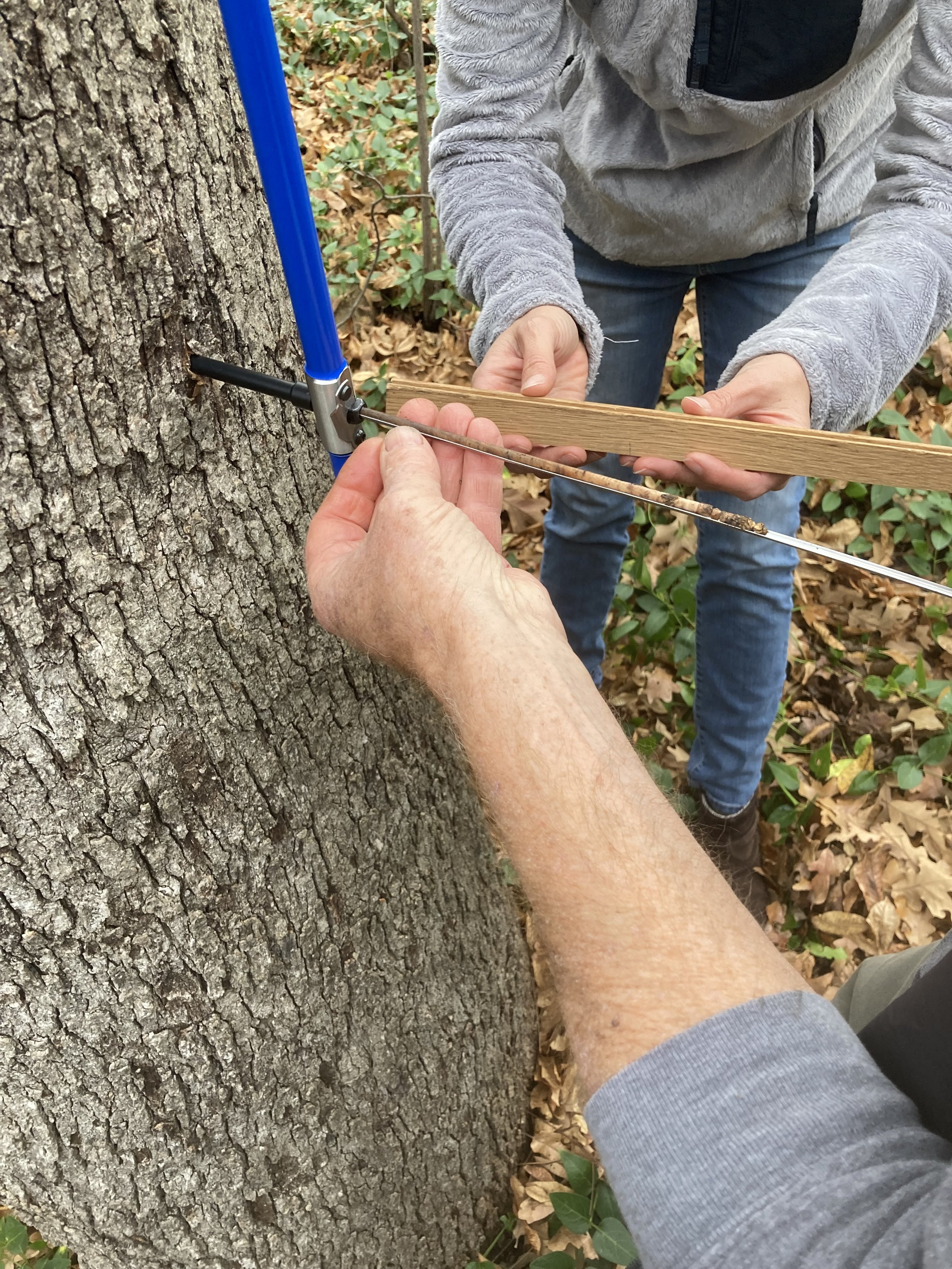
GILCREASE HILLS HOMEOWNERS ASSOCTION
Notice of Meeting to Discuss Possible Bylaw Amendments
The Ad Hoc Bylaws Committee and the Covenants Committee of the GHHOA invite you to attend an informal meeting at the clubhouse at 7 pm, Tuesday, October 1, 2024, to discuss certain Bylaw amendments and related rules we are considering. Before anything is finalized and submitted to the Board for approval, we would very much appreciate your input on these changes under consideration.
The Board of Representatives of GHHOA has requested the Ad Hoc Bylaws Committee to consider Bylaw changes that, if approved by the Board and the Members, would allow the Association to impose a fine or exercise a right of abatement (as defined below) against a Member for violating a restrictive covenant set forth in the Certificate of Dedication (referred to in the Bylaws as the “Declaration”) covering the Lot or Unit owned by the Member. The purpose of the changes would be to help us preserve the fair market value of our homes by incentivizing Members to stay in compliance with our restrictive covenants. A summary of such covenants is included with this notice.
Under the Bylaw amendments under consideration, and the related rules being developed by the Covenants Committee, the Manager of the Association would be able to mail a Member a notice of a covenant violation describing the actions that must be taken to correct the violation. The notice would be mailed to the address of the Member’s Lot or Unit, or such other address as the Member may have given the Association in writing. The notice would give the Member 30 days after such mailing to take reasonable steps to correct the violation (referred to as the “30-day period”). The Member would have the right to appeal the violation, first to the Covenants Committee, and then to the Board of Representatives, pursuant to procedures being prepared by the Covenants Committee. The running of the 30-day period would be temporarily halted during any such appeal.
If the violation continues after expiration of such 30-day period, the Member would be subject to a fine, or, if applicable, the Association would be permitted to exercise a right of abatement. The “right of abatement” being considered means that the Association would have the right to enter onto a Member’s premises to take the actions necessary to correct the violation of any covenant governing vehicles, landscaping, or fencing located on the Member’s Lot or Unit, or any other covenant governing the general care and maintenance of such Lot or Unit, and then bill the Member for the costs of such correction (called “abatement costs”). The right of abatement would be permitted to be exercised only for a violation of the covenants specified above and would not allow the Association to enter inside the home located on the Member’s Lot or Unit, or gain access to the roof of such home, or paint, repair or otherwise alter the outside surface of such home.
The Association would not be obligated to exercise its right of abatement with respect to a violation, and if the Association decides not to do so, its decision could not be raised as a defense to the levy of a fine for the violation. If the Association elects to exercise its right of abatement with respect to a specific violation, it would then not be able to fine the Member for the same violation. It could, however, elect to impose a fine against the Member for a later violation of the same covenant.
Under the Bylaw amendments being considered, each Member would be deemed to have granted the Association a lien upon the Member’s Lot or Unit to secure payment of any fines and/or abatement costs. In addition, the Association would have the right to file suit against the Member for the purpose of collecting fines and abatement costs, as well as reasonable attorneys’ fees and any other costs incurred in bringing such action.
Another Bylaw amendment under consideration is one that has been approved by the Association’s independent accounting firm. If adopted, this would change the type of examination the independent accounting firm makes of the Association’s financial statements, from an annual “audit” to a “review” every three years. In the opinion of the Association’s Finance Committee, this amendment would still maintain the degree of protection appropriate for an HOA the size of ours, while substantially lowering the Association’s annual accounting expenses.
We look forward to seeing you at the meeting.
Ad Hoc Bylaws Committee and
Covenants Committee,
GHHOA
Gilcrease Hills HOA
Restrictive Covenants Condensed
Covenants are the commitment we make to our fellow homeowners when we buy a home in Gilcrease Hills. Their purpose is to protect the value of all our homes. This condensed version is for convenience only and is qualified in its entirety by the specific provisions set forth in the Certificate of Dedication for each Village.
ARCHITECTURAL CONTROL: Before building any structures, fence, wall, major landscaping or change in landscaping, adding to your house, or altering the exterior appearance of the house, detailed plans and specifications, including the type and color of any roofing materials, must be submitted to the Architectural Control Committee. These plans and specifications must be approved in writing before the construction can begin.
CONSTRUCTION GUIDELINES: A total continuity of design must be maintained on the exterior of the house through coordinated colors, finishes, and materials. Garage door, gutters and downspouts are to be painted to coordinate with the surface to which they are attached. All colors must be approved in advance.
FENCING: Covenants regarding fencing require an interpretation dependent upon where your lot is located. Submit all plans for fencing to the Architectural Control Committee for approval. Contact the association before making plans. Fences are to be maintained and in good repair. You are not required to have a fence.
STORAGE: Materials cannot be stored on any lot except when the materials are to be used in conjunction with active construction, alternation, or improvements. Storage sheds are allowed if they are attached to the house and of the same materials. Must be approved in advance.
LANDSCAPING: The lot shall be maintained with the original slope and pitch fixed by the finished grading. The owner is responsible for the planting and watering of his entire lot. Individual expression is encouraged. Existing growth will be utilized when possible. Landscaping elements should be coordinated with the architectural elements of your house.
LOT APPEARANCE: Your lot shall be kept free of rubbish, litter, and weeds. Containers for rubbish, litter and garbage will be adequate for the purpose and stored out of the public view until the days of trash collection. Your house or any other structure or improvement on the lot will be maintained in good repair. Grass should be kept mowed and trees/bushes maintained properly.
CARS, BOATS and TRAILERS: Boats, trailers, recreational vehicles, campers, or commercial vehicles may not be parked upon or in front of any lot, and may not be stored, maintained, repaired, dismantled, repainted, or serviced in public view or in an area visible from neighboring lots. Vehicles on flat tires should be repaired in a timely manner. This does not prevent washing of vehicles or commercial deliveries.
NUISANCES: Noxious, noisy, or offensive activities will not be permitted on any lot.
ANIMALS: No animals will be kept on any lot except dogs, cats, and other household pets. Household pets will not be bred or raised for commercial purposes. NO ANIMAL SHALL BE PERMITTED TO RUN LOOSE.
COMMERICAL ACTIVITIES: No residential lot will be used for the conduct of any trade, business, profession, or commercial activity.
TEMPORARY RESIDENTS: No trailer, tent, shack, barn, or other out-building type of structure shall be permitted on any lot, temporary or permanent.
EASEMENTS: Each lot is subject to easement for access to adjoining lots for repairs on adjoining lots and structures. Any damage to the lot will be repaired at the expense of the owner whose property was the object of the repair work which caused the damage.















